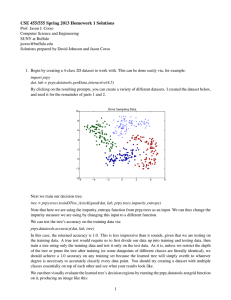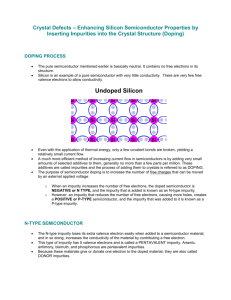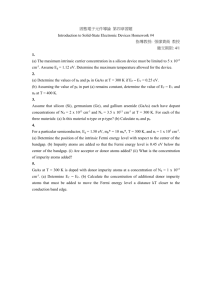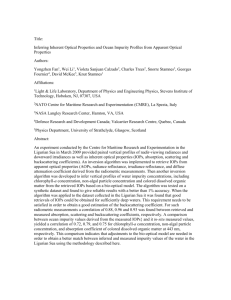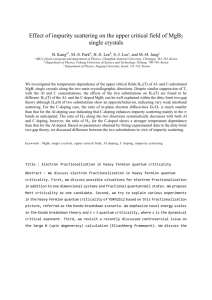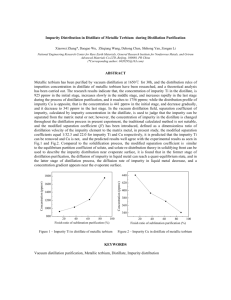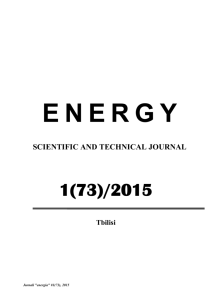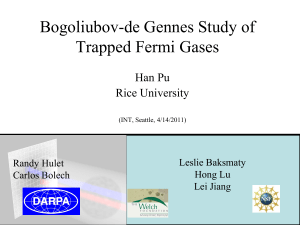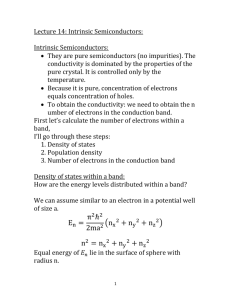Contributo HIGHLIGHT per Report Istituto 2012 Titolo Band
advertisement
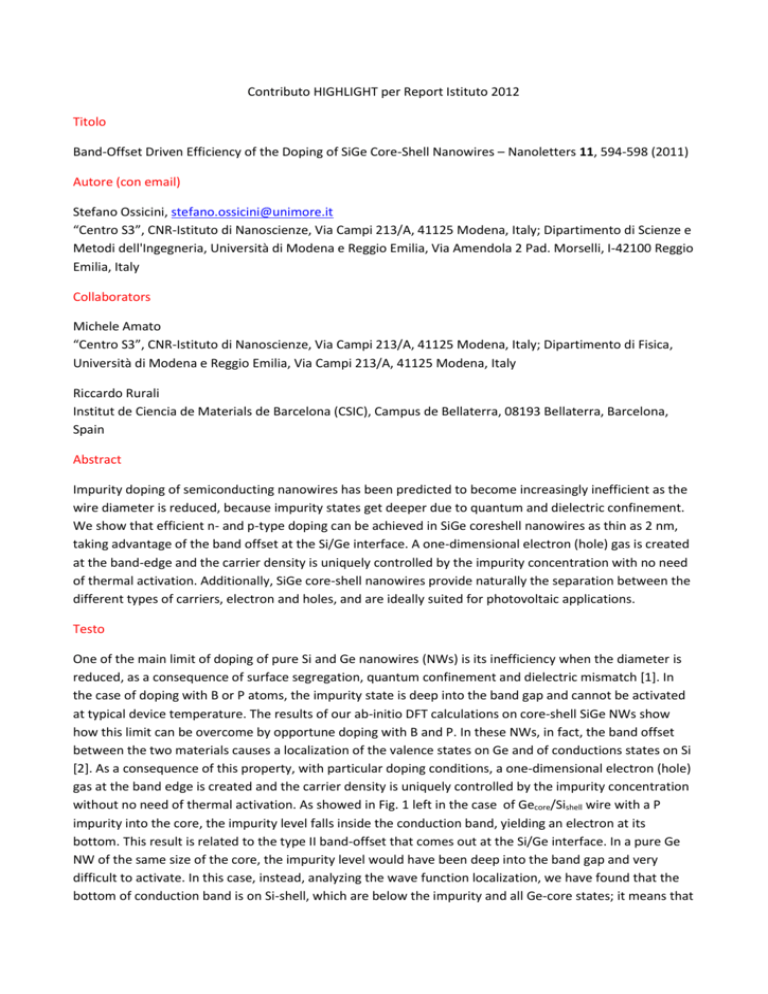
Contributo HIGHLIGHT per Report Istituto 2012 Titolo Band-Offset Driven Efficiency of the Doping of SiGe Core-Shell Nanowires – Nanoletters 11, 594-598 (2011) Autore (con email) Stefano Ossicini, stefano.ossicini@unimore.it “Centro S3”, CNR-Istituto di Nanoscienze, Via Campi 213/A, 41125 Modena, Italy; Dipartimento di Scienze e Metodi dell'Ingegneria, Università di Modena e Reggio Emilia, Via Amendola 2 Pad. Morselli, I-42100 Reggio Emilia, Italy Collaborators Michele Amato “Centro S3”, CNR-Istituto di Nanoscienze, Via Campi 213/A, 41125 Modena, Italy; Dipartimento di Fisica, Università di Modena e Reggio Emilia, Via Campi 213/A, 41125 Modena, Italy Riccardo Rurali Institut de Ciencia de Materials de Barcelona (CSIC), Campus de Bellaterra, 08193 Bellaterra, Barcelona, Spain Abstract Impurity doping of semiconducting nanowires has been predicted to become increasingly inefficient as the wire diameter is reduced, because impurity states get deeper due to quantum and dielectric confinement. We show that efficient n- and p-type doping can be achieved in SiGe coreshell nanowires as thin as 2 nm, taking advantage of the band offset at the Si/Ge interface. A one-dimensional electron (hole) gas is created at the band-edge and the carrier density is uniquely controlled by the impurity concentration with no need of thermal activation. Additionally, SiGe core-shell nanowires provide naturally the separation between the different types of carriers, electron and holes, and are ideally suited for photovoltaic applications. Testo One of the main limit of doping of pure Si and Ge nanowires (NWs) is its inefficiency when the diameter is reduced, as a consequence of surface segregation, quantum confinement and dielectric mismatch [1]. In the case of doping with B or P atoms, the impurity state is deep into the band gap and cannot be activated at typical device temperature. The results of our ab-initio DFT calculations on core-shell SiGe NWs show how this limit can be overcome by opportune doping with B and P. In these NWs, in fact, the band offset between the two materials causes a localization of the valence states on Ge and of conductions states on Si [2]. As a consequence of this property, with particular doping conditions, a one-dimensional electron (hole) gas at the band edge is created and the carrier density is uniquely controlled by the impurity concentration without no need of thermal activation. As showed in Fig. 1 left in the case of Gecore/Sishell wire with a P impurity into the core, the impurity level falls inside the conduction band, yielding an electron at its bottom. This result is related to the type II band-offset that comes out at the Si/Ge interface. In a pure Ge NW of the same size of the core, the impurity level would have been deep into the band gap and very difficult to activate. In this case, instead, analyzing the wave function localization, we have found that the bottom of conduction band is on Si-shell, which are below the impurity and all Ge-core states; it means that the impurity does need to be thermally activated. This indicates the formation of a one-dimensional electron gas that can have relevant importance for device applications. Fig.1. – Left) Band structure of a Gecore/Sishell NW with a P impurity into the Ge-core. The arrows indicate the real space wave localization At the bottom a band-offset scheme of the creation of the electron gas is showed. Right) The same for a Gecore/Sishell NW with a B impurity into the Si-shell. At the bottom a bandoffset scheme of the creation of a hole gas is showed. Other interesting case is that with a B atom into the Si-shell of a Gecore/Sishell NW. As showed in Fig. 1 right the impurity level is deep into the valence states: the valence band is made by Ge-core states at higher energy than the B state and we have the formation of one-dimensional hole gas. These type of results can be easily extended with the appropriate differences to the case of Sicore/Geshell NWs [4]. This discover shows how the spatial carrier localization of electrons and holes together with the possibility to make both carriers active from an electrical point of view render SiGe core-shell NWs ideally suited for photovoltaic applications. Acknowledgements: Transnational Access Programme of the HPC-EUROPA2 Project (n.228398),European Community's Seventh Framework Programme (FP7/2007-2013) under Grant Agreement 245977, MIUR-PRIN 2007, Contract Nos. TEC2009-06986, FIS2009-12721-C04-03, and CSD200700041. References [1] M. T. Bjork, H. Schmid, J. Knoch, H. Riel, W. Riess, Nat. Nanotech. 4, 103 (2008) [2] M. Amato, M. Palummo, S. Ossicini, Phys. Rev. B 80, 235333 (2009) [3] L. Yang, R. N. Musin, X.-Q. Wabng, M. Y. Chou, Phys. Rev. B 77, 195325 (2008) [4] M. Amato, R. Rurali, S. Ossicini, J. Comput. Electron. DOI 10.1007/s10825-012-0394-y (2012)
